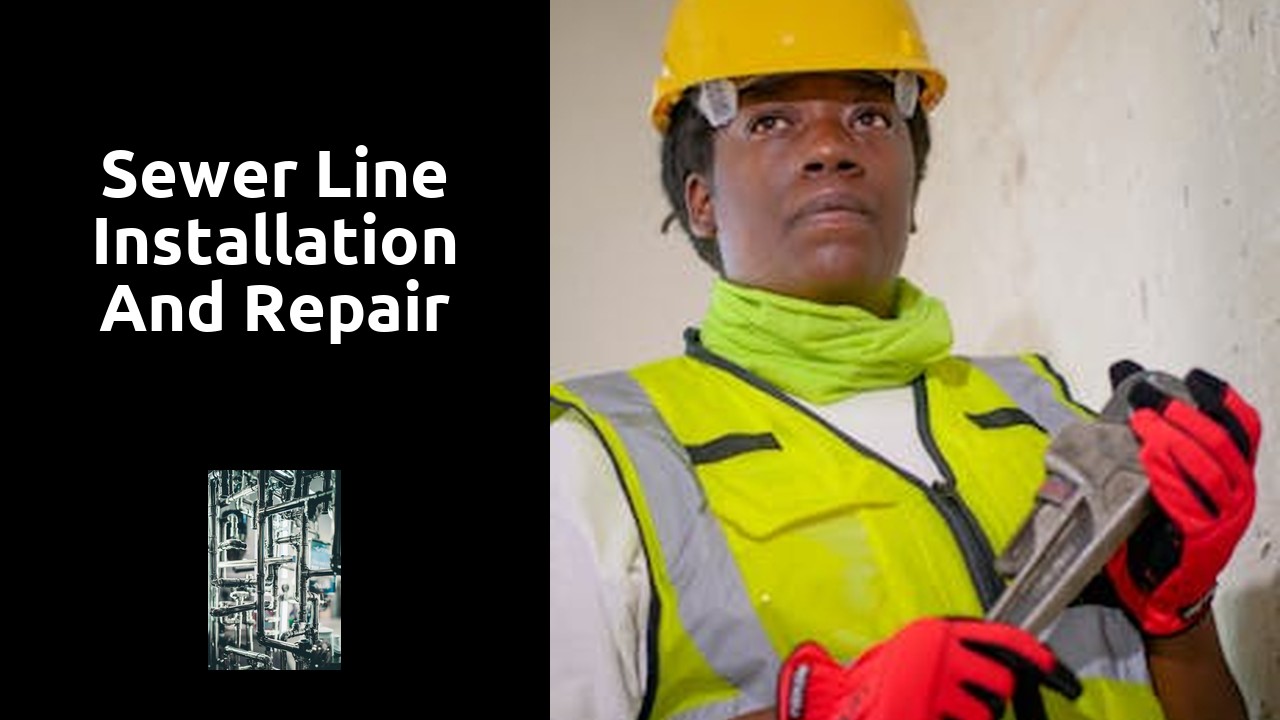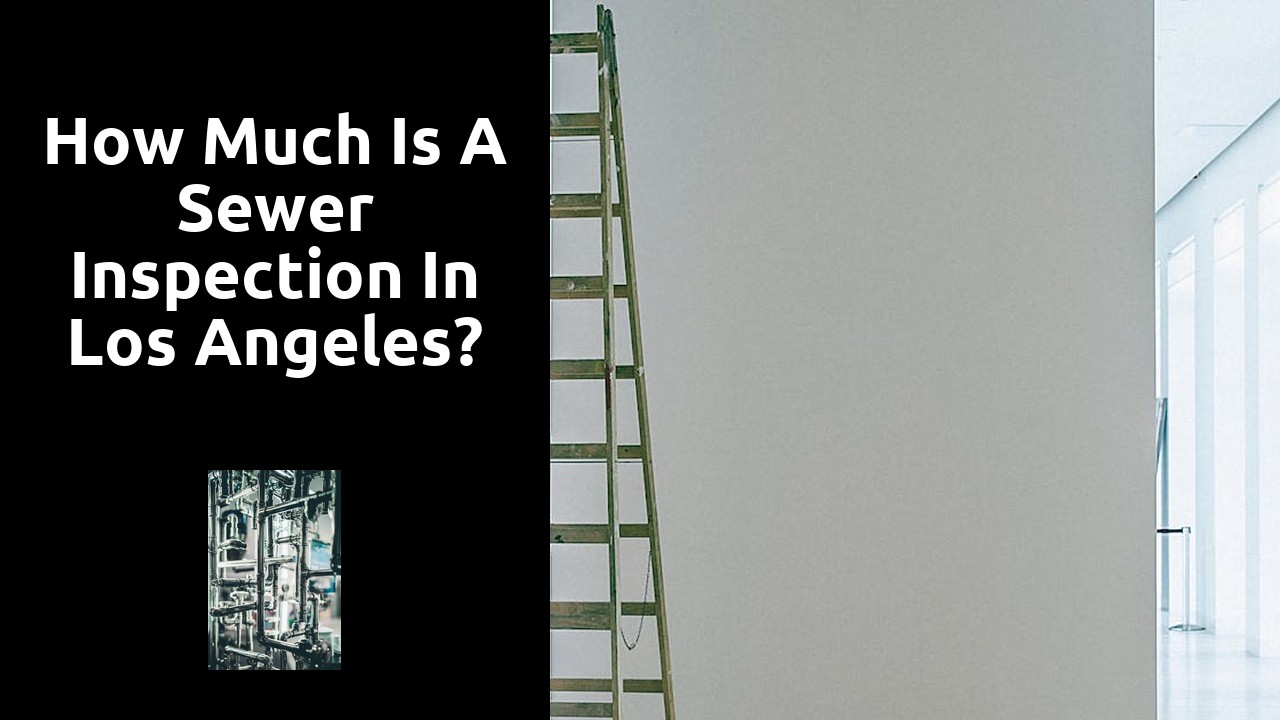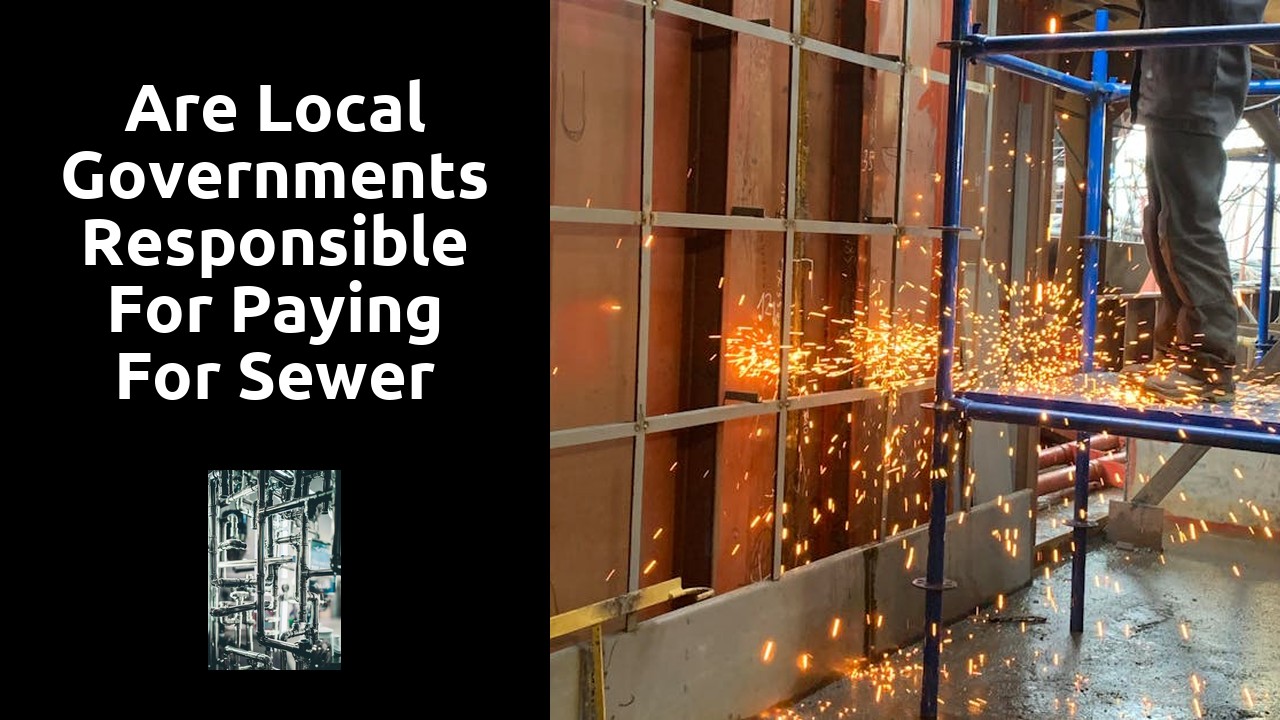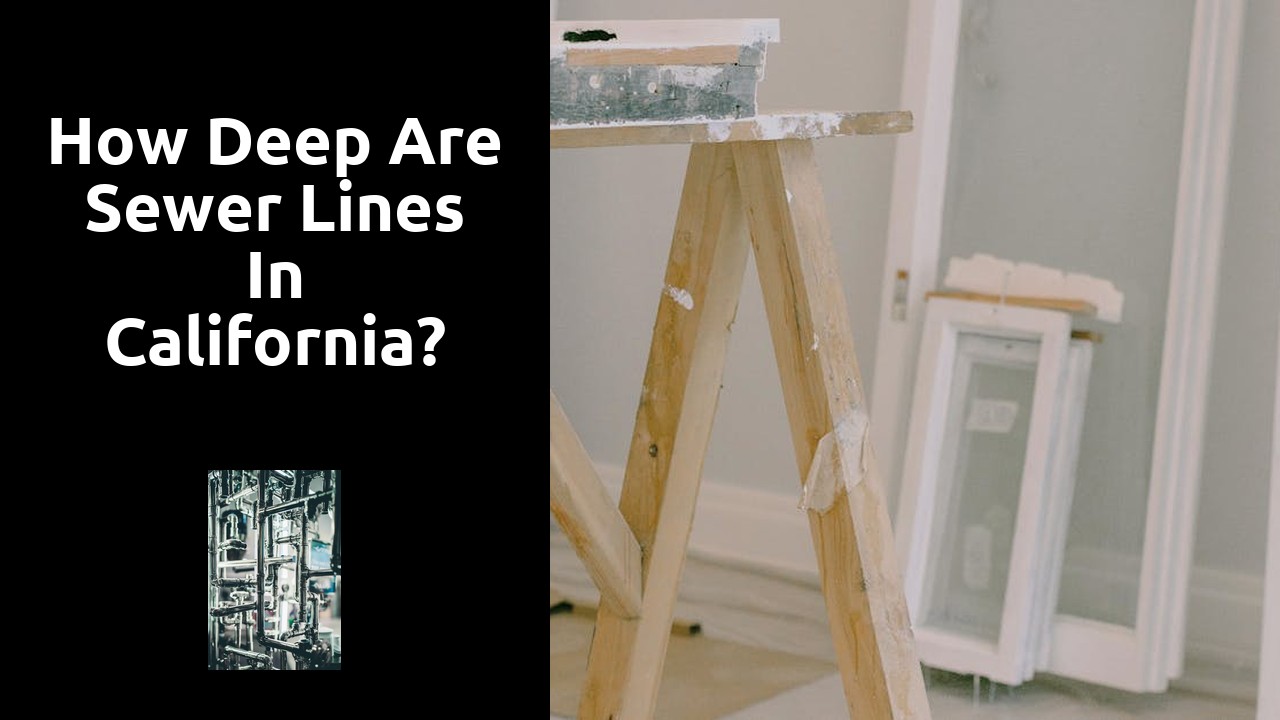
Sewer line installation and repair
Velvet Plumbing offers expert sewer line installation and repair services to homeowners and businesses alike. Our skilled technicians have the knowledge and experience to handle any type of sewer line installation, whether it be for a new construction project or a replacement of an existing line. We use the latest technology and tools to ensure that the installation is done efficiently and effectively. In addition to installation, our team is also well-equipped to deal with any sewer line repair issues that may arise. From minor repairs to major replacements, our technicians are able to identify and fix problems quickly to prevent costly damage and ensure the smooth operation of your sewer system. Trust Velvet Plumbing for all your sewer line installation and repair needs.
Cost Factors for Sewer Line Installation
Sewer line installation costs can vary significantly based on several key factors. The distance that the sewer line needs to travel from the property to the main connection point will heavily influence the overall cost. The depth of the sewer line is another crucial aspect to consider, as deeper lines require more labor and materials, thus increasing the total price. Additionally, the accessibility of the installation area plays a significant role in determining costs - if the area is difficult to reach or requires extensive excavation, expenses will inevitably rise.
Another important factor to keep in mind is the type of materials used for the sewer line installation. Different materials come with varying price tags, durability, and installation requirements. For example, traditional materials such as PVC or clay pipes are generally more budget-friendly, while modern options like ABS or cast iron may have higher upfront costs but offer enhanced longevity and performance. Moreover, the size of the sewer line needed will impact the overall price, with larger diameter pipes typically costing more due to the increased materials and labor required for installation.
Budgeting Tips for Sewer Line Replacement
Budgeting for sewer line replacement can be a daunting task, but with proper planning and foresight, it can be a manageable expense. One essential tip is to obtain multiple quotes from reputable contractors to compare prices and services. Do your research to ensure you are getting a fair deal, taking into account quality of materials and workmanship.
Another crucial budgeting tip is to consider investing in trenchless sewer line replacement if feasible. While this method may have a higher upfront cost, it can save you money in the long run by reducing labor and restoration expenses. Additionally, setting aside a contingency fund for unexpected issues that may arise during the replacement process is a prudent financial strategy to avoid budget overages.
Environmental Impact of Sewer Line Installation
Sewer line installation can have significant environmental impacts that should not be overlooked. Excavation for sewer line installation can disrupt natural habitats, disturb soil ecosystems, and lead to erosion. The use of heavy machinery during installation can contribute to air and noise pollution, affecting the local environment and wildlife. Additionally, the disposal of construction materials and waste can further harm the ecosystem if not managed properly.
To mitigate the environmental impact of sewer line installation, it is essential to consider eco-friendly practices and technologies. Implementing trenchless sewer line installation methods can reduce the need for extensive excavation, minimizing disruption to the environment. Using sustainable materials for sewer line construction, such as recycled plastics or composite pipes, can also help reduce the overall environmental footprint of the installation process. By adopting green practices and materials, we can ensure that sewer line installations are done with minimal harm to the environment.
Green Alternatives for Sustainable Sewer Systems
When considering sewer systems, it is important to explore green alternatives that can contribute to sustainable and environmentally friendly solutions. One popular option is the use of green roofs, which help to manage stormwater and reduce the burden on sewer systems. Green roofs consist of vegetation and soil layers that absorb rainfall, therefore decreasing the volume of water flowing into the sewer system. By implementing green roofs in urban areas, communities can alleviate pressure on aging sewer infrastructure while also promoting biodiversity and reducing the urban heat island effect.
Another sustainable sewer system alternative is the use of permeable pavement in parking lots and sidewalks. Permeable pavement allows rainwater to infiltrate into the ground instead of running off into storm drains, preventing flooding and reducing pollution in water bodies. This eco-friendly solution not only helps to mitigate sewer overflows but also improves groundwater recharge and reduces the need for extensive sewer repairs and maintenance. Overall, incorporating green alternatives into sewer systems can lead to more resilient and sustainable urban environments.
Common Problems with Older Sewer Lines
Older sewer lines can present a myriad of problems due to wear and tear over time. One common issue is blockages caused by the accumulation of debris, grease, and sediment within the pipes. These blockages can lead to slow drainage, backups, and unpleasant odors emanating from the drains. Additionally, cracks and leaks can develop in older sewer lines, causing water infiltration and sewage leaks that can contaminate the surrounding soil and water sources.
Another significant problem with older sewer lines is root intrusion. Tree roots are naturally drawn to sources of water and nutrients, making underground sewer lines an attractive target. As tree roots grow and expand, they can penetrate through small cracks or joints in the pipes, causing obstructions and blockages. If left unchecked, root intrusion can lead to costly repairs and potential sewer line failure. Regular maintenance and inspections are crucial to identifying and addressing these issues before they escalate into more severe problems.
How Tree Roots Can Damage Sewer Lines
Tree roots can pose a significant threat to underground sewer lines, causing blockages and even damaging the pipes themselves. As trees seek out water sources, their roots can infiltrate small cracks and joints in the sewer pipes, gradually growing thicker and stronger over time. This infiltration can lead to clogs and backups in the sewer line, disrupting the flow of wastewater and potentially causing costly damage to the system.
Once tree roots have infiltrated a sewer line, they can continue to grow and expand, exerting pressure on the pipes and potentially causing them to crack or collapse. As roots multiply and spread within the pipe, they can create blockages that impede the flow of wastewater, leading to slow-draining sinks, toilets, and showers. Regular maintenance and inspection of sewer lines can help identify root intrusion early on and prevent more extensive damage to the system.
FAQS
What are the common cost factors to consider for sewer line installation?
The cost factors for sewer line installation include the length of the sewer line, the depth of the installation, the type of materials used, any necessary permits, and the labor costs.
How can I budget for sewer line replacement?
To budget for sewer line replacement, it is important to get multiple quotes from different contractors, consider financing options if needed, and factor in any potential additional costs that may arise during the installation process.
What is the environmental impact of sewer line installation?
Sewer line installation can have environmental impacts such as soil disturbance, disruption of natural habitats, and potential water contamination if not properly installed or maintained.
Are there green alternatives for sustainable sewer systems?
Yes, there are green alternatives for sustainable sewer systems such as using biofiltration systems, rain gardens, and permeable pavement to reduce stormwater runoff and promote natural filtration of wastewater.
What are some common problems associated with older sewer lines?
Common problems with older sewer lines include blockages from debris buildup, cracks and leaks from aging pipes, root intrusion, and corrosion from chemical exposure or natural wear and tear.
How do tree roots damage sewer lines?
Tree roots can damage sewer lines by seeking out sources of water and nutrients, infiltrating cracks or joints in the pipes, and causing blockages or structural damage that can lead to costly repairs or replacements.


